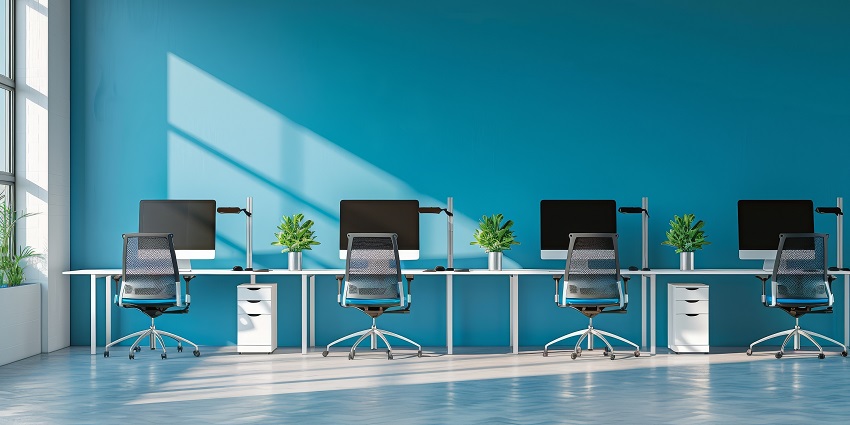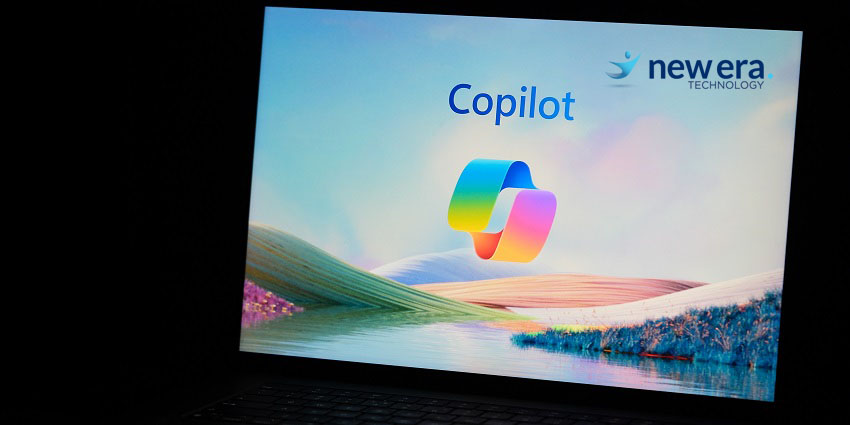>Screen sharing is a must-have function in a video conferencing platform like Google Meet. Users can show their complete screen or a specific window in any meeting environment, from presentations to brainstorming sessions. One can also share documents, slideshows, and spreadsheets using this feature. Although the process is not as challenging as one may believe, there are a few things to consider. Here’s all you need to know about using Google Meet to share your screen.
How to Share Screen on Google Meet using a PC
Sharing your screen on Google Meet using a PC is quite simple – here are the steps you need to follow:
1. Start or join a meeting in Google Meet. You can start/join a meeting you want to present by entering the meeting code and clicking “Join” in Google Meet via a web browser. If you aren’t the meeting host, go to the lobby and click “Join Now.”
2. Click the three dots at the bottom of your self-view window. Tap the “Present” icon in the meeting; When you click Present now, three options will appear: “Your entire screen,” “A window,” and “A tab.”
● Your entire screen: A new tab will open with one screen containing all the stuff displayed by selecting this option. First, click on the screen, then on the Share option.
● A window: This option will start a new tab with different options based on what else is open on your computer. Click the Share button after selecting the account you want to share.
● A tab: Finally, picking the ‘A tab’ option will display all of the tabs that are currently active in your browser. First, select it and click the Share button to share a tab.
3. Google Meet notifies users that they present to the entire group of participants as they navigate across windows. To stop sharing your screen, click Stop sharing at the top of your screen.
How to Share Screen on Google Meet using a mobile device
Similar to the desktop interface, one can also access a screen share feature from the Google Meet mobile app.
- Join the Google Meeting. The meeting may be accessed by the Google Calendar app, the Google Meet app, or the Gmail Meet tab.
- Tap the three vertical dots symbol in the bottom-right corner of the video screen.
- Select Share screen from the pop-up menu.
- Tap Start Broadcast for iPhone and Start Sharing for Android devices in the pop-up.
You can now proceed with the presentation because the screen should be visible to the other meeting participants. Hit the Stop Sharing option on the video call screen and click “OK” to turn off screen sharing on your mobile phone.
How to Share Your Screen During a Live Presentation
Users must pause the previous presentation if someone starts sharing their screen in the middle of a presentation, and users will see the most recent presentation shared inside the meeting. So, if users want to begin sharing a screen in the middle of a presentation, it is necessary to follow the same steps they would at other times.
As hosts, users can prevent guests from sharing their screens during scheduled meetings by employing host controls. To restrict guests from sharing their screen, enter a meeting and click the Host controls button in the lower right corner of the meeting screen. Turn off the Share screen toggle in the Host controls under “Let everyone.” This will prevent anyone from sharing a presentation at the meeting.
How to Present a Google Docs, Sheets, or Slides File Directly
Google Meet allows you to create a record that you may share with others at a meeting. This is possible thanks to Meet’s integration with Google Docs, Sheets, and Slides, which all have a native method to open Google Meet and share directly to a meeting.
- Open a document from Google Docs, Google Sheets, or Google Slides if you wish to present it.
- When the file has fully loaded, go to the upper right corner and click the Present icon.
- Select “Present using a meeting code” from the open overflow menu.
- Now, click Continue after entering the meeting code.
- If the user has already signed into the meeting on Google Meet in another Chrome tab, click the “Present tab to meeting” to share your screen.
All meeting attendees will now see the document on the host’s screen and the changes in real-time on their devices.
Using a Secondary Window or device to Share Screen
Google Meet now includes a new Companion Mode for meetings, allowing users to join the same meeting from several devices. Users can see or deliver content at a conference using a different device, such as a desktop. Users can also keep track of all guests on their primary device while seeing presentations and other collaboration features on a separate device.
Before using a secondary device for presentations, users must first attend a meeting in Companion Mode. Go to g.co/companion on your PC or Google Meet hardware, copy and paste the meeting code or link into the text box on the following page, and then click Start Companion to extend further the capabilities of the screen sharing feature of Meet.
Users can also join a meeting in Companion mode by clicking on the meeting link they were invited to, just like any other meeting link. “Go to “Other joining choices” and click “Use Companion Mode” when the Ready to Join page loads.
Now the user will enter the meeting in Companion mode. Select the Present symbol at the bottom to share your screen with others using this secondary device. Users can now choose to share “a tab,” “a window,” or “your complete screen” from their computer. Click Allow and select the browser window or tab you want to share in the next window. The presentation will start right away, and everyone’s devices will display the user’s shared screen.
Sharing your screen on Google Meet is a great way to present ideas, collaborate with colleagues, or give presentations. By following these simple steps, users can share their screens quickly and easily.







